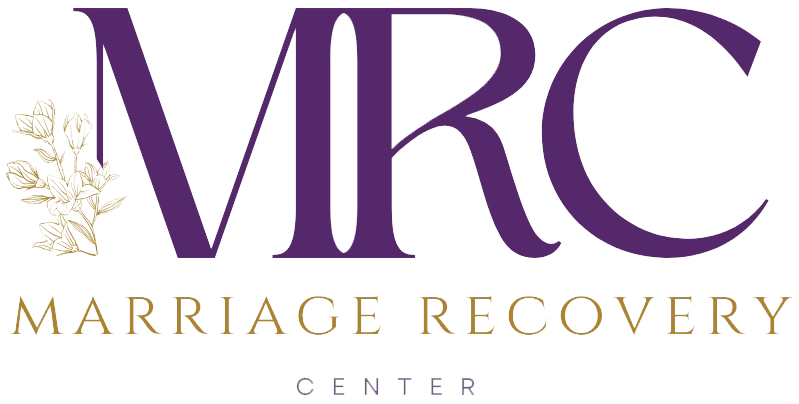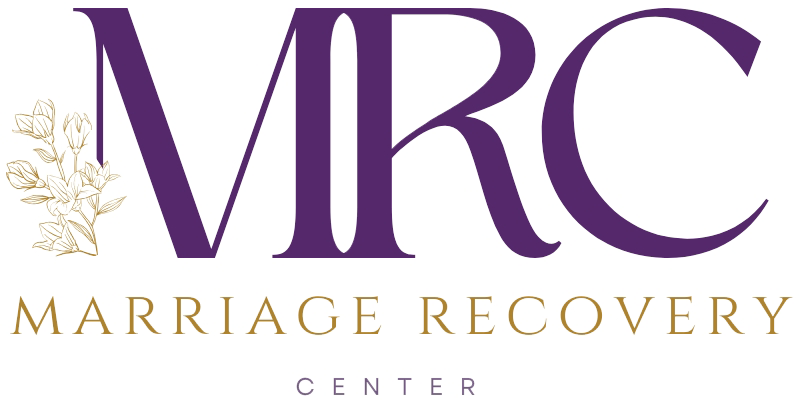A passive-aggressive narcissist chooses to express their resentment or hostility indirectly, creating a disconnect between what they say and do. This is one of the commonly shared traits of narcissistic individuals. Whether intentionally or not, they use it to manipulate their partners and make it seem as though they are the ones being victimized.
Healthy relationships require stable and open communication. This isn’t possible when the parties involved can’t assert themselves or don’t have the capacity to empathize. Everyone involved in a relationship should be able to freely express what they want and need, as long as they do so in a way that genuinely considers and understands their partner’s feelings as well. In this video, Dr. Hawkins educates us on passive-aggressive narcissist and the importance of healthy assertiveness and emotional intelligence.
The Passive-Aggressive Narcissist Explained
Understanding the dynamics of narcissistic behavior is crucial in navigating relationships, particularly those marked by emotional abuse. In this article, we delve into the character of the passive-aggressive narcissist, exploring their impact on assertiveness and emotional health. We examine whether teaching healthy assertiveness to individuals exhibiting passive-aggressive narcissistic traits can mitigate their unhealthy behaviors. Let’s dive into this intriguing topic.
Defining Assertiveness
The Give and Take Assertiveness, at its core, involves effectively communicating one’s wants and needs while actively listening to others and seeking collaborative solutions that benefit all parties involved. It is a balanced approach that encourages open dialogue and mutual understanding.
The Narcissist’s Behavior: Passive, Aggressive, and Passive-Aggressive
Typically, narcissists display a range of behaviors, including passivity, aggression, and passive aggression. However, in the realm of narcissistic and emotional abuse, passive aggression tends to dominate. These individuals resort to pouting, walking out, making ridiculing comments, being dismissive, and employing sarcasm as manipulative tactics. Such behaviors are far from assertive.
The Fear of Teaching Assertiveness
When suggesting that victims of narcissistic and emotional abuse learn assertiveness, it often elicits shock and resistance. Their immediate response is often a plea to avoid teaching the abuser to become more aggressive or passive-aggressive. It is important to recognize this fear and address it with a nuanced understanding of assertiveness.
Passive-Aggressive Narcissism
A Unique Quality passive-aggressive narcissist can be viewed as a unique combination of selfishness, immaturity, and a lack of healthy emotional assertiveness. These individuals struggle to consider the wants and needs of others while also being sensitive to their own desires. This imbalance creates a toxic dynamic that perpetuates the cycle of abuse.
The Challenge of Teaching Healthy Assertiveness
When attempting to teach healthy assertiveness to a passive-aggressive narcissist, we often encounter resistance and confusion. Many individuals, especially men, may believe that expressing their thoughts and desires is enough. However, true assertiveness entails being aware of and sensitive to the thoughts and desires of others.
Emotional Intelligence: A Key Component
In essence, healthy assertiveness aligns with emotional intelligence—a concept that encompasses understanding the appropriate time, place, and manner to express oneself. Developing emotional intelligence enables individuals to navigate relationships with empathy, ensuring their communication is considerate, effective, and respectful.
The Potential Impact of Healthy Assertiveness
Introducing healthy assertiveness to a passive-aggressive narcissist has the potential to mitigate their unhealthy behaviors. By learning to communicate with sensitivity and empathy, they can reduce their tendencies toward passivity, aggression, and passive aggression. Healthy assertiveness fosters healthier relationship dynamics and paves the way for personal growth.
Conclusion
Passive-aggressive narcissist has a complex blend of selfishness, immaturity, and a deficiency in healthy emotional assertiveness. By recognizing this unique dynamic, we can address the challenges faced by victims and perpetrators of narcissistic abuse. Teaching healthy assertiveness, rooted in emotional intelligence, offers a promising path toward breaking free from the cycle of passivity, aggression, and passive aggression. At the Marriage Recovery Center, we offer programs that support both victims and perpetrators of narcissistic abuse on their journey to healing and growth.
To learn how we can help, reach out to us at (206) 219-0145 or info@marriagerecoverycenter.com to speak with a Client Care Specialist
Also read: How ADHD Affects Relationships
About Dr. Hawkins:
The internet is inundated with hyperbole and misinformation about narcissism, leaving many people confused and hopeless. Get the facts on narcissism and emotional abuse from someone who has been researching, writing about and treating narcissism and emotional abuse for over a decade.
Dr. Hawkins is a best-selling author and clinical psychologist with over three decades of experience helping people break unhealthy patterns and build healthier relationships.
He is the founder and director of the Marriage Recovery Center and the Emotional Abuse Institute which offers education, training and counseling for people who want to break free of, and heal from, emotional abuse. Whether the perpetrator of the abuse is your spouse, partner, parent, boss, friend or family member, we offer practical advice for anyone trapped in a toxic, destructive relationship.
In addition to narcissism & emotional abuse, you’ll learn about the lesser known forms of abuse, including covert abuse, reactive abuse, spiritual abuse, secondary abuse, relationship trauma and much more.








